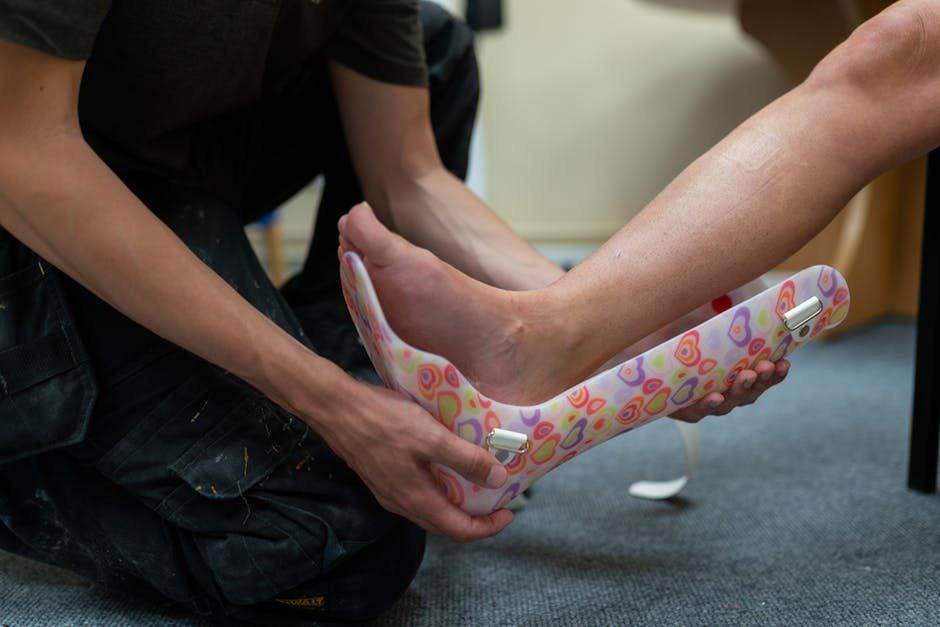
Thousands of patients lose or have trouble using their limbs because of accidents, disease, birth defects or other factors. Physicians prescribe orthotic braces or prosthetic devices to help them regain mobility. The device that a patient wears depends on his or her condition, but both orthotists and prosthetists work closely with patients to make sure the device fits correctly and helps them perform everyday activities.
Some people with conditions like diabetes or nerve damage in the legs may benefit from orthotics, or orthopedic braces. A common example is an ankle foot orthosis, or AFO, which supports the foot of a person who has had a stroke and can’t move their foot on their own. These devices can be custom-made to fit a person’s feet and legs. The Philadelphia prosthetics expert can also create an artificial leg or arm for people who have lost a limb.
The field of prosthetics and orthotics is growing rapidly. Its rate of growth is higher than average for all occupations, and it is attributed to an increasing demand for medical equipment and supplies, as well as the need to meet the needs of an aging population. Prosthetics and orthotics professionals can find employment in a number of settings, including medical equipment and supply manufacturing; health and personal care stores; ambulatory healthcare services; hospitals-local, state and federal; and private clinics.
In order to become an orthotist or prosthetist, you need a bachelor’s degree in biology or physical therapy and complete an accredited prosthetics and orthotics program. Some programs offer internships where students can learn about the profession by working alongside experienced clinicians.
Once you’re a certified orthotist or prosthetist, your job is to help people with disabilities use their physical abilities as fully as possible. You can do this by listening to a person’s challenges, offering a tangible, effective device solution, and building long-term relationships with your clients.
To work as a certified orthotist or prosthetist, it’s necessary to pass certification exams, which can be taken online and at testing centers throughout the country. These exams are a part of the certification process required by The National Commission on Orthotics and Prosthetic Education. The Commission’s website has information on becoming a certified orthotist or prosthetist, as well as tips and advice for passing the exam. You’ll also want to join a professional association, such as the American Board of Prosthetics and Orthotics, which has strict membership guidelines for its certified practitioners. Visit this page and get the best surgical prosthetic equipment.
It’s also important to keep up with advancements in technology and new materials, as these advances can change the way that prosthetics and orthotics are made. These advancements can improve a patient’s quality of life and help them live longer, healthier lives. This includes improving a patient’s ability to walk, move, and engage in their favorite activities. These advancements can also reduce the time a person needs to undergo rehabilitation. This is especially true for people who have suffered a spinal cord injury, stroke, or burn. Check out for more info on this link: https://en.wikipedia.org/wiki/Prosthesis.
Leave a comment